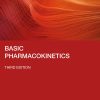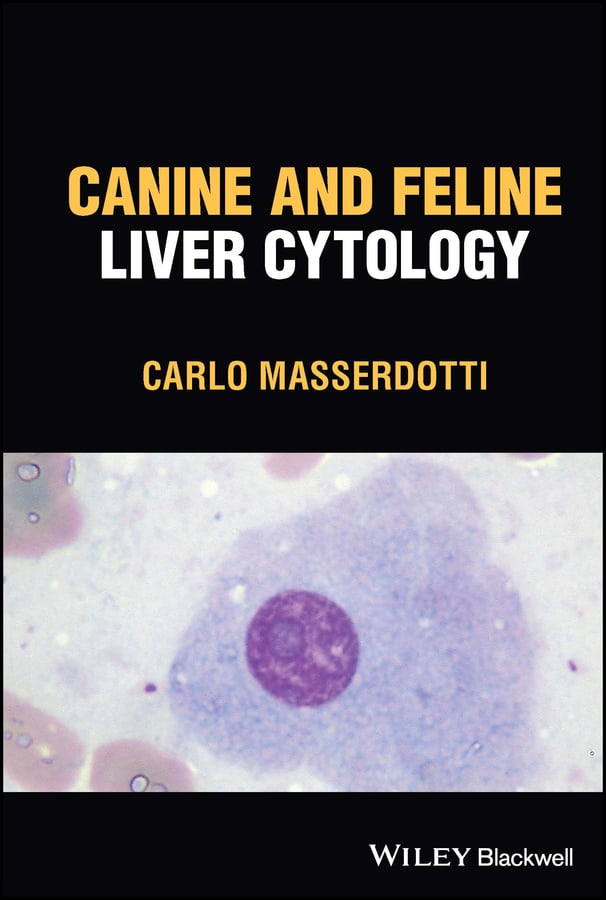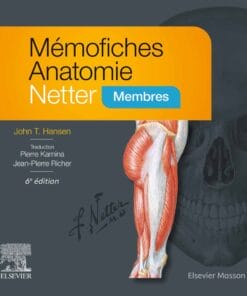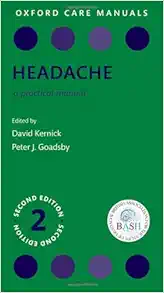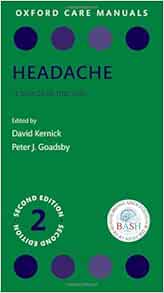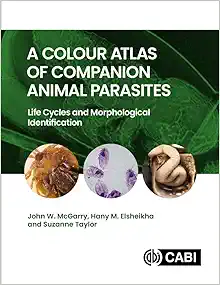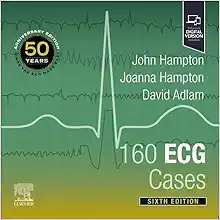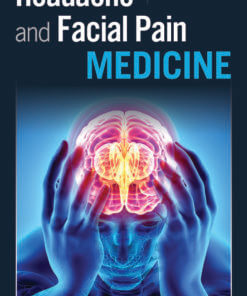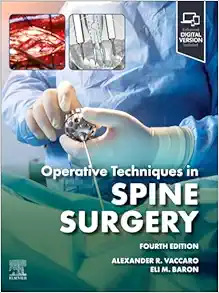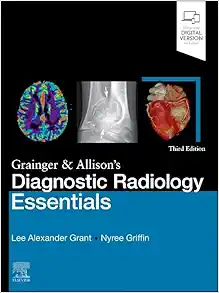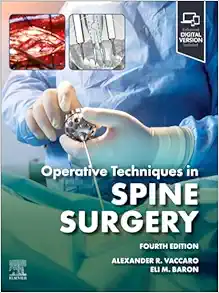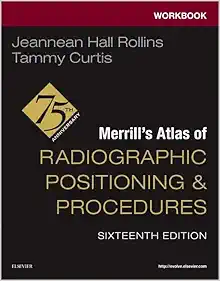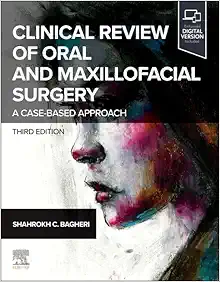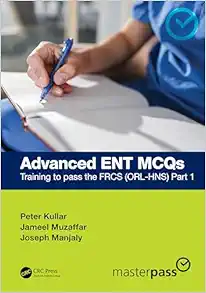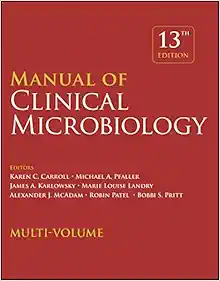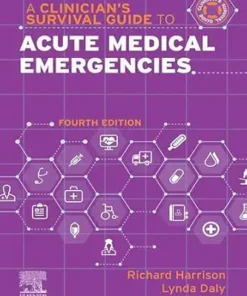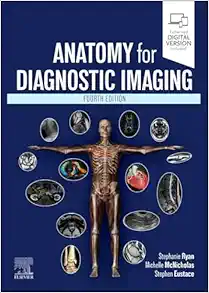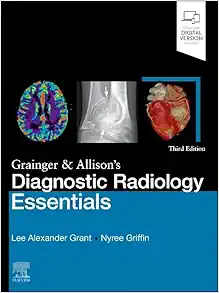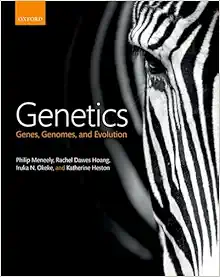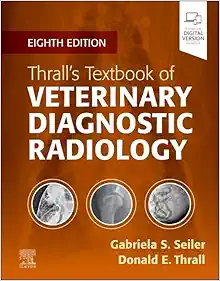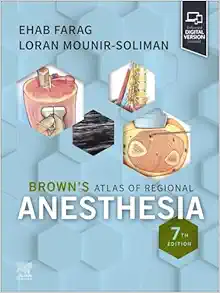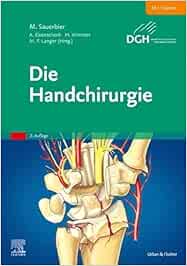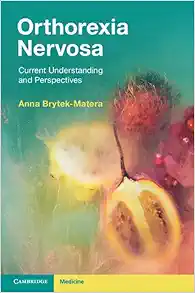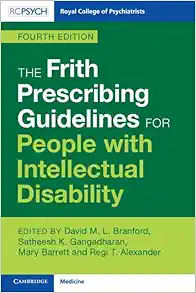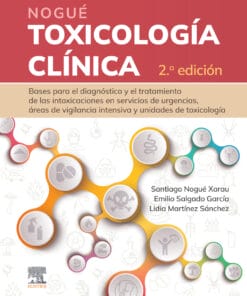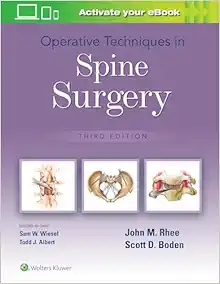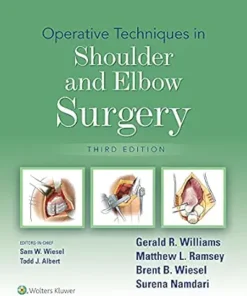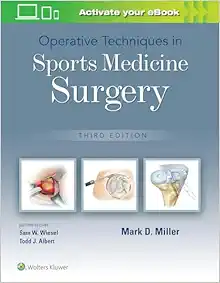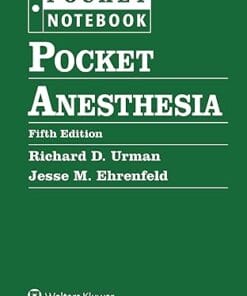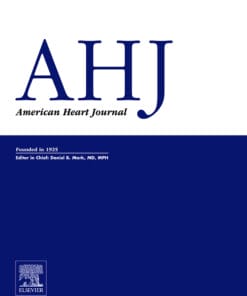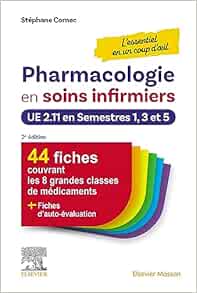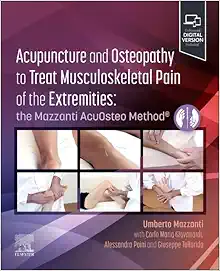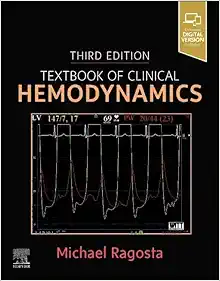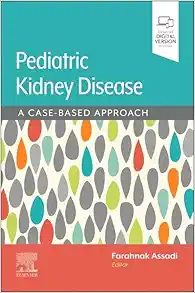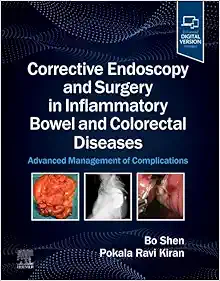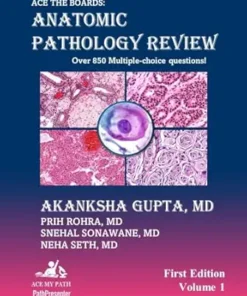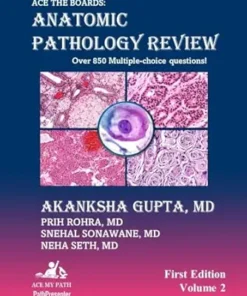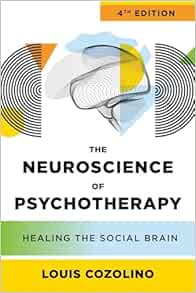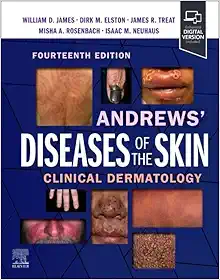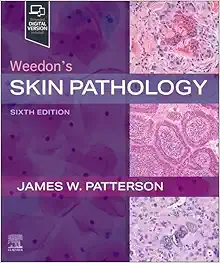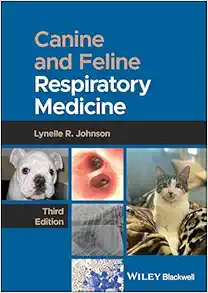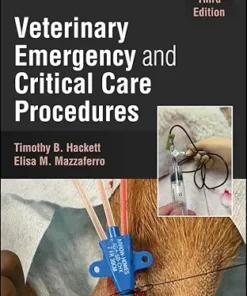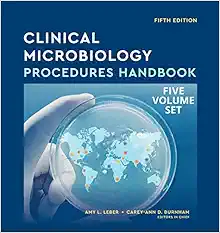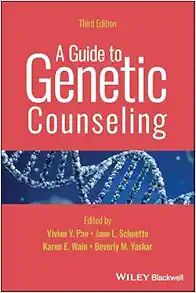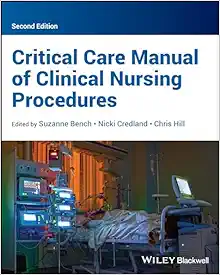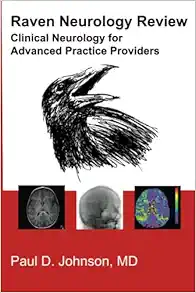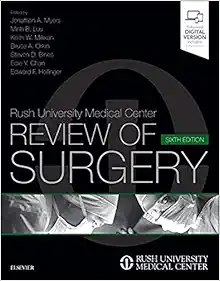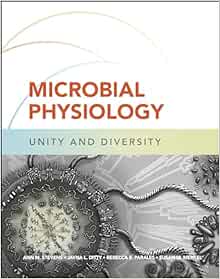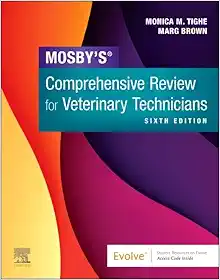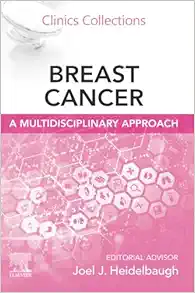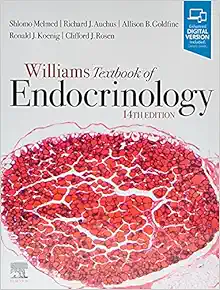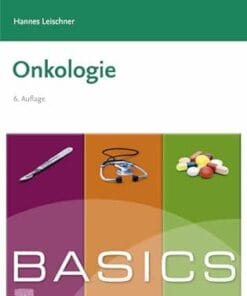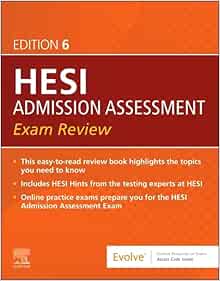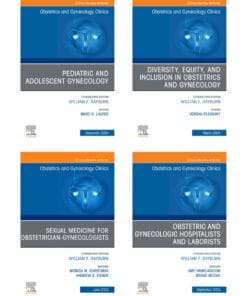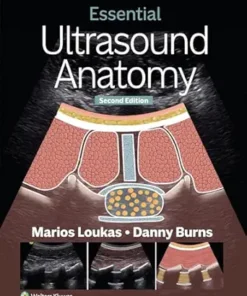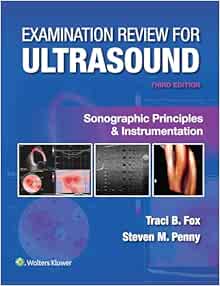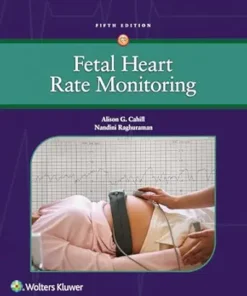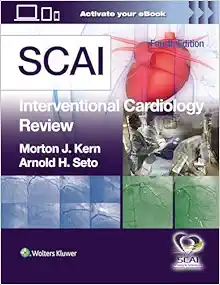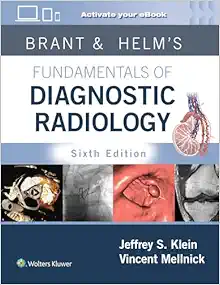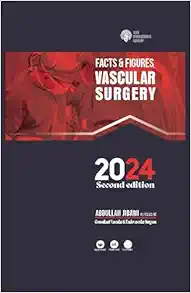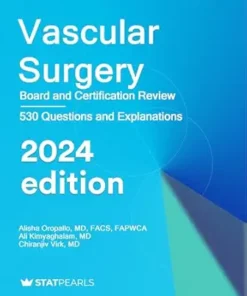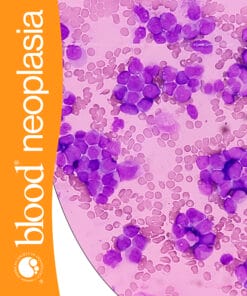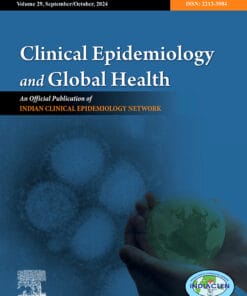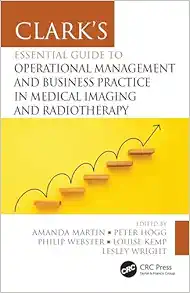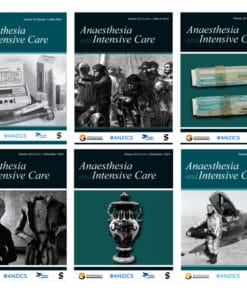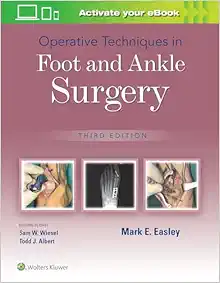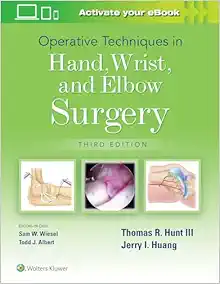Canine and Feline Liver Cytology (PDF)
5 $
Format : Publisher PDF
File Size : 82.1 MB
This is a reference guide for veterinary practitioners and students on canine and feline liver cytology, with detailed descriptions of cytological features of hepatic diseases and numerous illustrations to aid in comprehension. It covers reversible and irreversible injury to hepatocytes, inflammation, pathologic accumulation, chronic hepatic diseases, biliary tract and gallbladder diseases, and neoplastic diseases. It is published by Wiley and will be released on August 29, 2023. ISBN: 9781119895541 and 9781119895565.
Canine and Feline Liver Cytology (PDF Book)
by Carlo Masserdotti (Author)
*Introduction*
*Canine and Feline Liver Cytology* is a comprehensive and practical reference manual designed to aid veterinarians in the interpretation of liver pathology. With a focus on clinical and anatomical contexts, this book provides detailed descriptions of cytological features of hepatic diseases, accompanied by high-quality illustrations to enhance understanding.
*Chapter 1: General Bases for Interpretation of Hepatic Cytology*
This chapter serves as a foundation for understanding the interpretation of hepatic cytology. It covers the limitations of cytology as a diagnostic tool, the value of cytology in reaching a definitive diagnosis, and the relationship between cytological findings and clinical data. By providing this essential knowledge, clinicians can confidently use cytological findings to guide their management of hepatic diseases.
*Chapter 2: Reversible Injury to Hepatocytes*
In this chapter, the focus is on specific reversible injuries to hepatocytes. Topics covered include hepatocellular swelling, steroid-induced hepatopathy, hepatocellular steatosis, and feathery degeneration. By understanding the cytological features associated with these reversible injuries, veterinarians can identify these conditions early and implement appropriate treatment strategies.
*Chapter 3: Irreversible Injury to Hepatocytes and Inflammation*
Here, the book explores irreversible injuries to hepatocytes, including necrosis and apoptosis. The chapter also covers various types of inflammation, such as neutrophilic, eosinophilic, macrophagic, and lymphoplasmacytic inflammation. By recognizing these cytological features, clinicians can differentiate between different pathological processes and tailor their treatment plans accordingly.
*Chapter 4: Intra and Extracytoplasmic Pathologic Accumulation*
This chapter delves into the various types of intra and extracytoplasmic pathologic accumulations that can be seen in liver cytology. Topics covered include lipofuscin, copper, iron, eosinophilic granules, protein droplets, bile, and amyloid. Understanding these accumulations and their associated cytological features allows veterinarians to identify underlying causes and provide targeted treatment.
*Chapter 5: Chronic Hepatic Diseases and Fibrosis*
Chronic hepatic diseases are explored in this chapter, with a specific focus on the cytological features of fibrosis. By understanding the cytological changes associated with fibrosis, veterinarians can better assess disease severity and formulate appropriate management plans.
*Chapter 6: Diseases of the Biliary Tract and Gallbladder*
This chapter covers diseases specifically affecting the biliary tract and gallbladder. By familiarizing themselves with the cytological features of these conditions, veterinarians can provide accurate diagnoses and appropriate treatment options.
*Chapter 7: Neoplastic Diseases*
The final chapter of the book focuses on neoplastic diseases in the liver. It covers epithelial, mesenchymal, and round cell tumors, providing insights into their cytological features. Accurate cytological diagnosis of these tumors is essential for determining prognosis and guiding treatment decisions.
*Conclusion*
*Canine and Feline Liver Cytology* equips veterinarians with the knowledge and skills necessary to interpret cytological changes in liver pathology. With its emphasis on the correlation of cytological findings with clinical data and histopathological diagnosis, this book serves as an invaluable resource for veterinary practitioners and students alike. Its practical guidance and comprehensive illustrations make it a must-have reference in the field of veterinary hepatology.
Product Details
- Publisher: Wiley; August 29, 2023
- Language: English
- ISBN: 9781119895541
- ISBN: 9781119895565
Related Products
Medical Book
Medical Book
Medical Book


